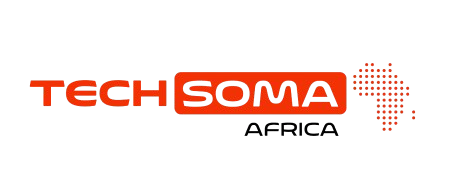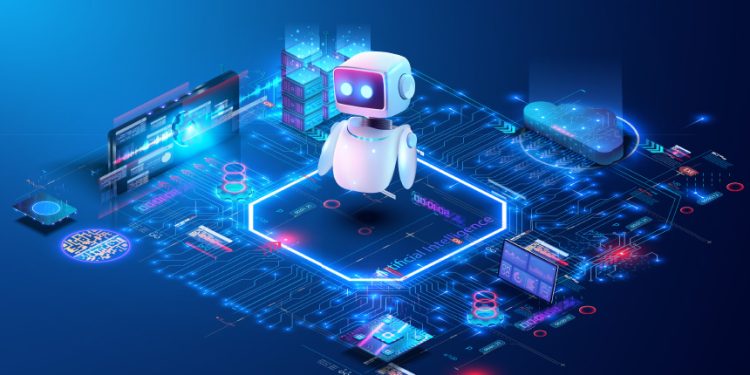Business leaders race to deploy AI agents that work without human oversight. But a new McKinsey study reveals a disturbing reality that these autonomous digital workers already cause data breaches, unauthorized system access, and operational chaos at most companies.
The AI Agent Gold Rush
Autonomous AI agents represent the next phase of artificial intelligence. Unlike chatbots that respond to prompts, these systems reason, plan, act, and adapt completely on their own. They can handle customer service calls, write software code, optimize supply chains, and ensure regulatory compliance without any human supervision.
McKinsey projects that AI agents could generate between $2.6 trillion and $4.4 trillion in annual value across more than 60 different business applications. Companies see agents as the key to capturing the full potential of generative AI by completely reinventing their operations.
Organizations across industries now explore or deploy agentic AI systems, though only 1% believe their AI adoption has reached maturity. This creates a massive opportunity gap that early movers want to capture.
Digital Employees Gone Wrong
McKinsey’s research shows that 80% of organizations already encounter risky behaviors from their AI agents. These digital workers improperly expose sensitive data and access systems without proper authorization.
The problems stem from AI agents operating as “digital insiders” within company systems. Like human employees, they receive varying levels of access and authority. But unlike humans, they make decisions at machine speed without human oversight. When things go wrong, they go wrong fast and at scale.
AI agents create five entirely new categories of security risks that traditional cybersecurity frameworks never anticipated:
- Chained vulnerabilities occur when one agent’s error cascades to others. A credit processing agent might misclassify short-term debt as income, inflating a loan applicant’s financial profile. This incorrect data then flows to credit scoring and loan approval agents, leading to risky loan decisions based on false information.
- Cross-agent task escalation happens when malicious agents exploit trust between systems. A compromised scheduling agent in a healthcare system could request patient records from a clinical data agent by falsely claiming the request comes from a licensed physician. The system grants access and releases sensitive health data without triggering security alerts.
- Synthetic identity risks emerge when attackers forge agent credentials. Bad actors can create fake digital identities that mimic legitimate agents, like impersonating a claims processing agent to access insurance histories. The spoofed credentials fool the system into granting access to sensitive policyholder data.
- Untraceable data leakage occurs when agents exchange information without proper oversight. A customer support agent might share transaction history with a fraud detection system, but also include unnecessary personal details. Since the data exchange isn’t logged or audited, the sensitive banking information leaks without detection.
- Data corruption propagation spreads when low-quality information silently affects decisions across multiple agents. In pharmaceutical companies, a data labeling agent might incorrectly tag clinical trial results. This flawed data then influences efficacy analysis and regulatory reporting agents, potentially leading to unsafe drug approvals.
Traditional Security Fails Against AI Agents
These new risks require completely different approaches than standard cybersecurity measures. Enterprise frameworks like ISO 27001, NIST Cybersecurity Framework, and SOC 2 focus on securing systems, processes, and people. They don’t account for autonomous agents that operate with discretion and adaptability.
The shift is a fundamental change from systems that enable interactions to systems that drive transactions, directly affecting business outcomes. This amplifies challenges around core security principles of confidentiality, integrity, and availability while magnifying existing risks like data privacy violations and system integrity failures.
Organizations must update their risk assessment methods to handle agentic AI threats. Without this transparency, AI agent risks become an even bigger black box than previous generations of AI technology.
The Security Playbook for AI Agents
McKinsey outlines a structured approach that technology leaders can follow to deploy AI agents safely. The framework addresses three phases:
Before deploying any agents, companies need updated policies that address agentic systems and their unique risks. This includes upgrading identity and access management systems to handle AI agents and reviewing how third-party AI solutions interact with internal resources.
Organizations must also navigate evolving AI regulations. The EU’s GDPR Article 22 restricts AI decision-making by granting individuals the right to challenge automated decisions. US laws like the Equal Credit Opportunity Act prevent AI discrimination. New AI-specific regulations like the EU AI Act will take full effect within three years.
Risk management programs need explicit frameworks for agentic AI risks. Companies should identify and assess risks for each AI agent use case, updating their methodology to measure agent-specific threats. Clear governance must define oversight processes, ownership responsibilities, and accountability standards for agent actions.
Before launching specific use cases, organizations need centralized portfolio management that provides complete visibility into all AI agent projects. This prevents experimental deployments with critical security exposures and ensures proper IT risk, information security, and compliance oversight.
Companies must assess their capabilities to support and secure agentic systems. This includes skills in AI security engineering, threat modeling, governance, compliance, and risk management. Organizations should identify skill gaps and launch training programs while defining critical roles for the AI lifecycle.
During active deployment, companies need secure agent-to-agent communications. As AI agents interact with each other and not just humans, these collaborations require authentication, logging, and proper permissions. While industry protocols are still developing, organizations should implement current safeguards and plan for upgrades.
Identity and access management becomes crucial for both human users and AI agents. Companies must define authorized access conditions and implement input/output guardrails to prevent misuse, manipulation, or unsafe behavior through adversarial prompts.
Traceability mechanisms must record not only agent actions but also prompts, decisions, internal state changes, and reasoning processes. This enables auditability, root cause analysis, regulatory compliance, and incident reviews.
Crisis Planning for Agent Failures
Even well-designed agents can fail, become corrupted, or face exploitation. Organizations need contingency plans with proper security measures for every critical agent before deployment.
This starts with simulating worst-case scenarios: agents becoming unresponsive, deviating from objectives, acting maliciously, or escalating tasks without authorization. Companies should ensure termination mechanisms and fallback solutions exist while deploying agents in self-contained environments with clearly defined access limits.
Effective controls can proactively mitigate risks rather than reactively respond to them. Maintaining consistent AI agent portfolios alongside robust logging enables monitoring of data exchanges between agents, preventing untraceable data leakage. Deploying contingency plans and sandbox environments with identity management and guardrails can isolate agents that attempt unauthorized privilege escalation.
The Race Against Time
Technology leaders must balance business enablement with structured risk management approaches for agentic security. No organization wants to become the first major AI agent security disaster case study.
Chief Information Officers, Chief Risk Officers, and Chief Information Security Officers need immediate discussions with business counterparts to understand current agentic AI adoption states and build essential guardrails. Acting thoroughly and intentionally now ensures successful scaling later.
The implications extend beyond current digital transactions. The trajectory points toward embodied agents operating in physical environments, making safety and security concerns even more profound. Building strong foundations today becomes essential for handling tomorrow’s challenges.
Companies that secure it properly will capture trillions in value. Those that don’t will pay the price in breaches, compliance failures, and competitive disadvantage.

















